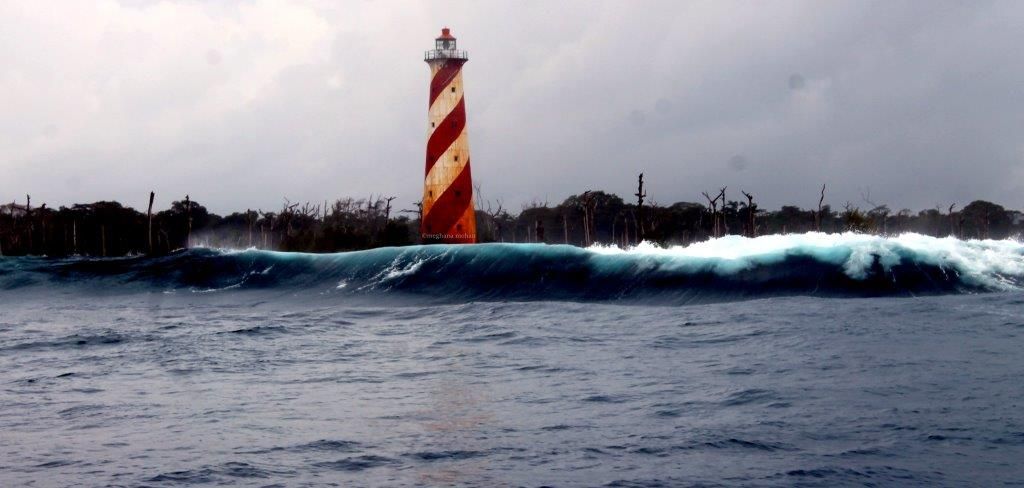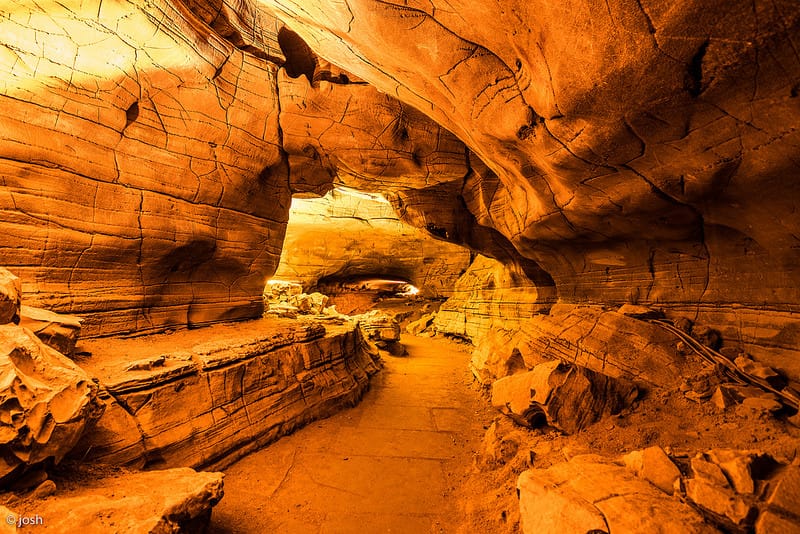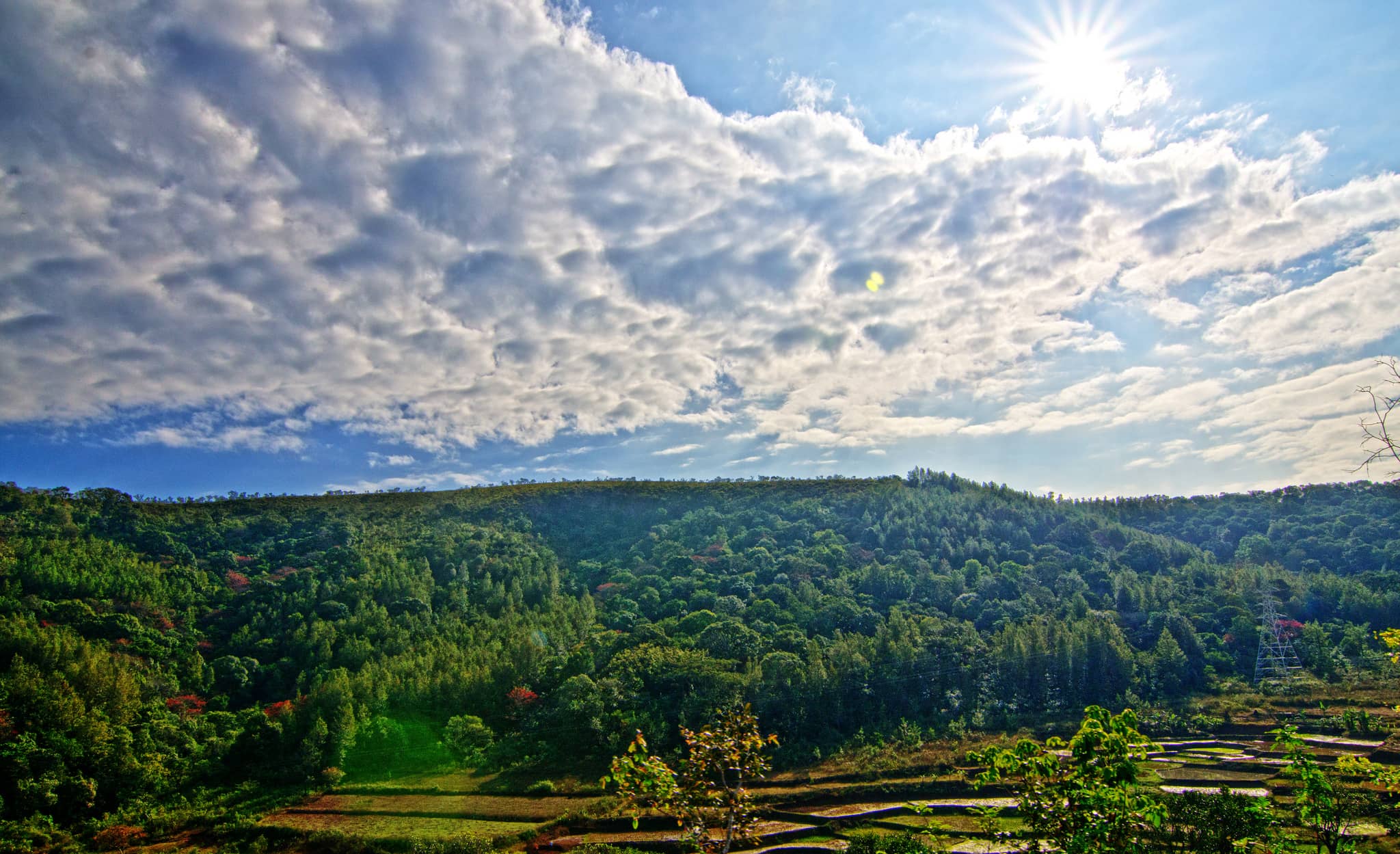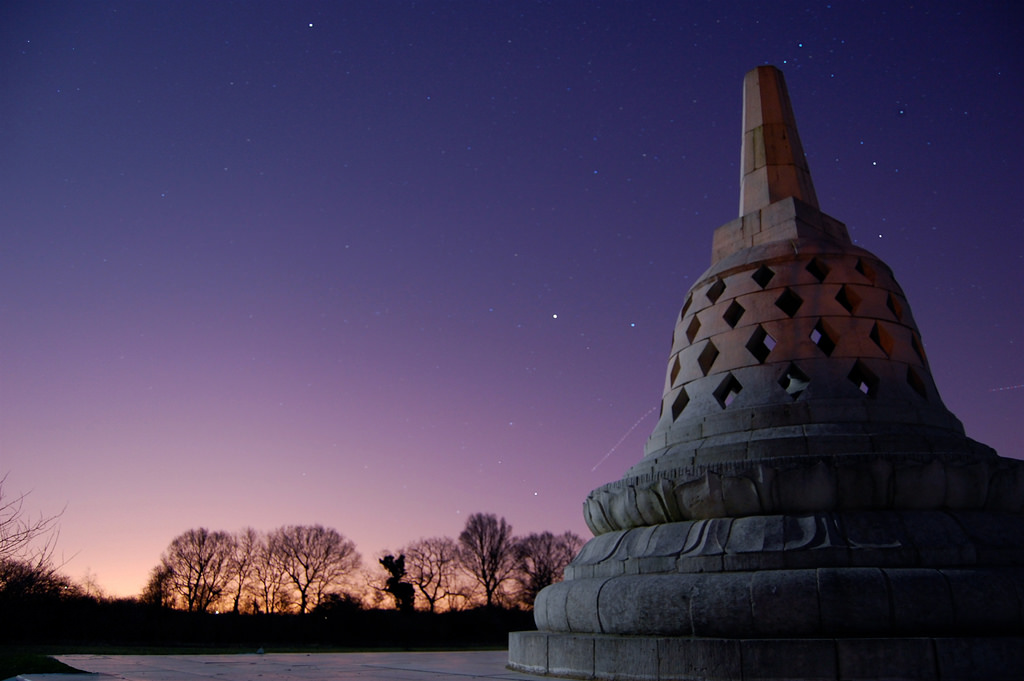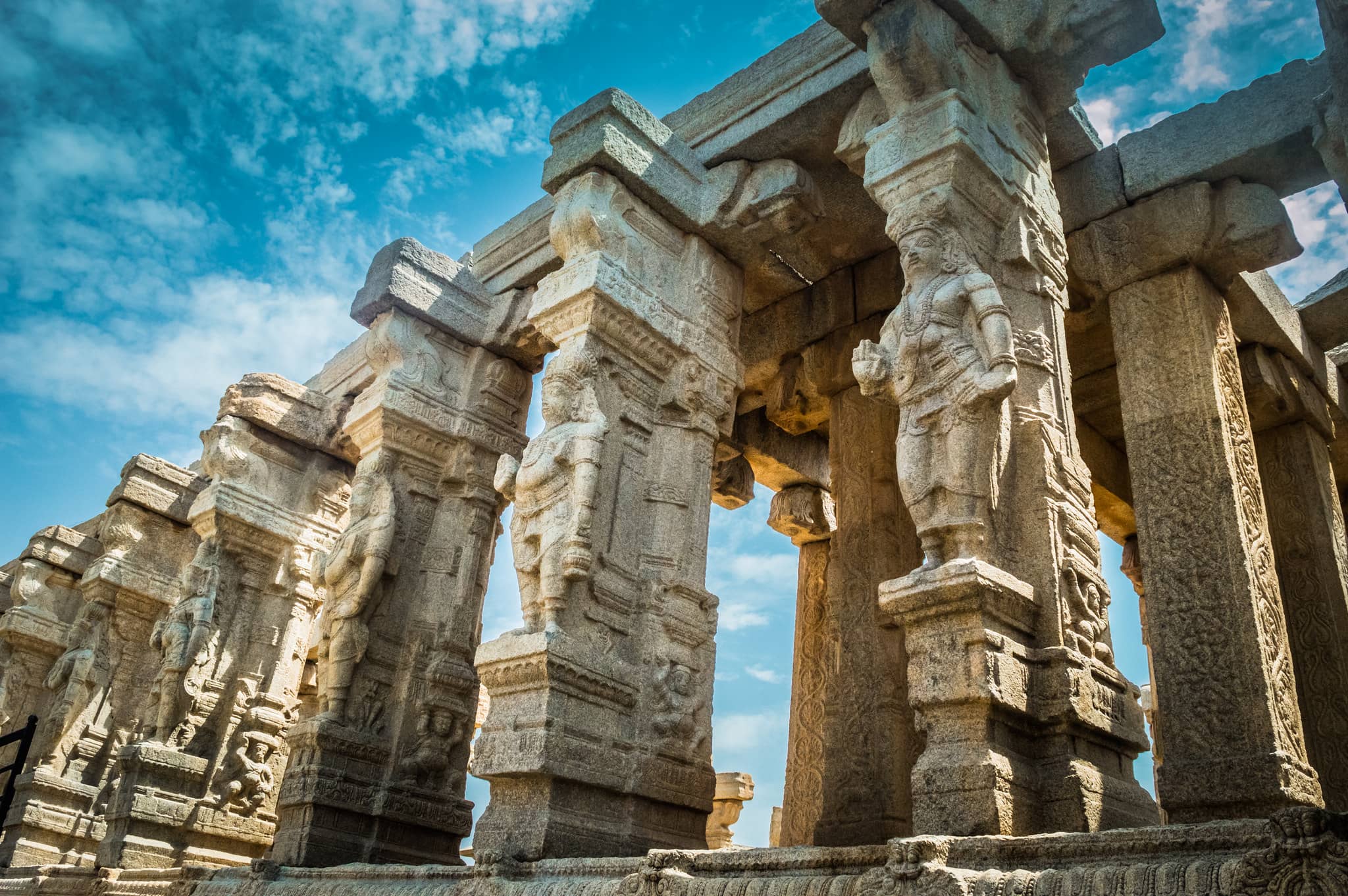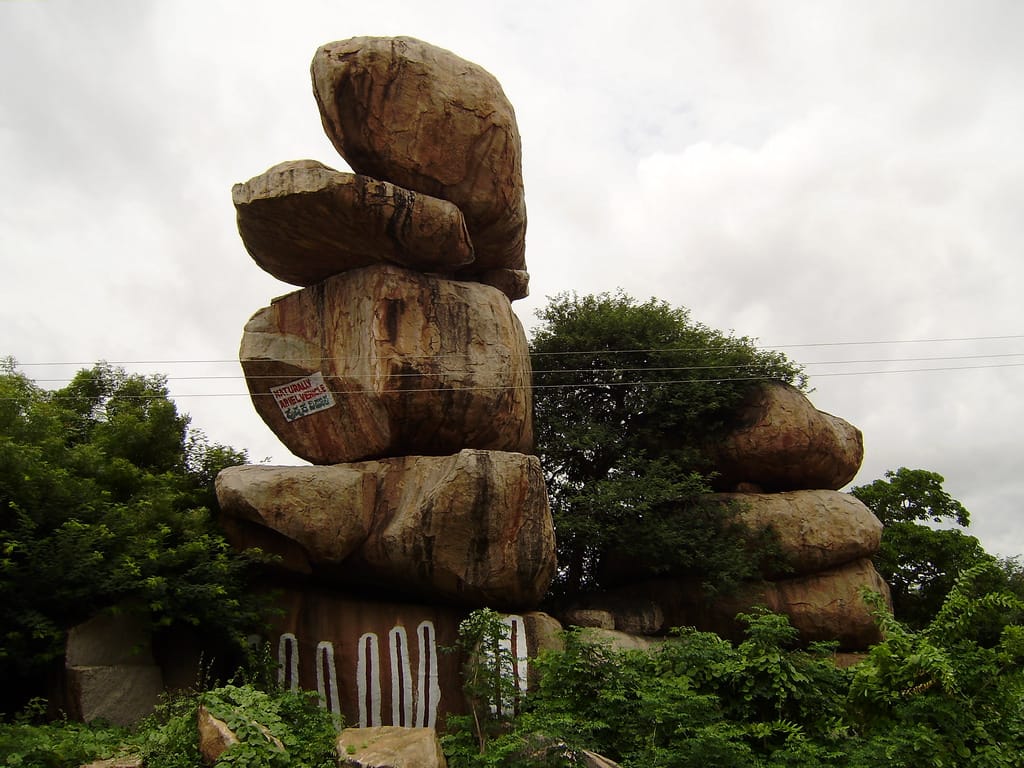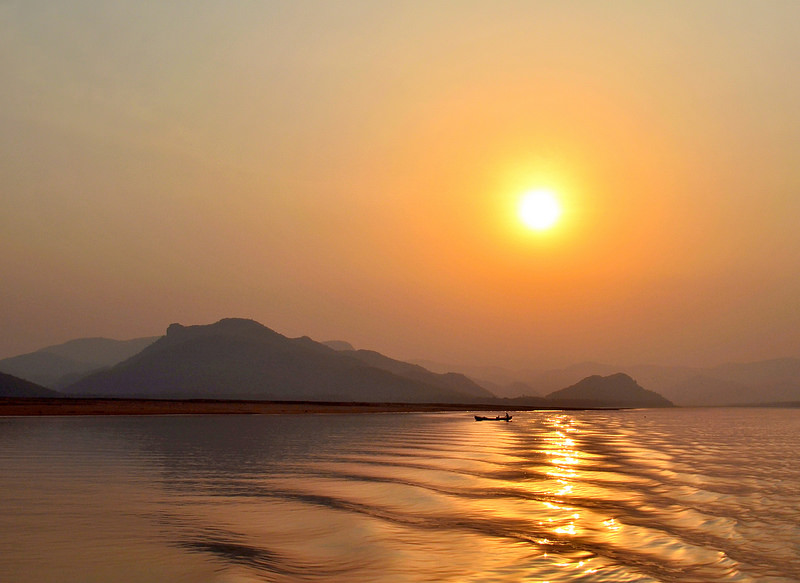Pamukkale is a town in western Turkey, famous for its white, natural terraces made from mineral-rich hot spring water. These warm waters flow down the hillside, creating beautiful pools. Right next to it is Hierapolis, an old Roman spa city built around 190 B.C. You can see ruins like an ancient theater and a large cemetery with stone tombs spread across 2 kilometers. There’s also the Antique Pool, where you can swim among old Roman columns that fell during an earthquake.
places to visit in Pamukkale
Laodicea on the Lycus

Laodicea was an ancient city built near the Lycus River in Turkey.
It was once part of the Caria and Lydia regions and later the Roman Empire.
The city is known for being one of the Seven Churches mentioned in the Bible.
Laodicea had many large buildings like a stadium, temples, baths, and theaters.
There was also a gym and a council building called a bouleuterion.
It was an important religious and cultural center in its time.
The ruins today give a glimpse into the city’s rich past.
Hierapolis Ancient Theatre
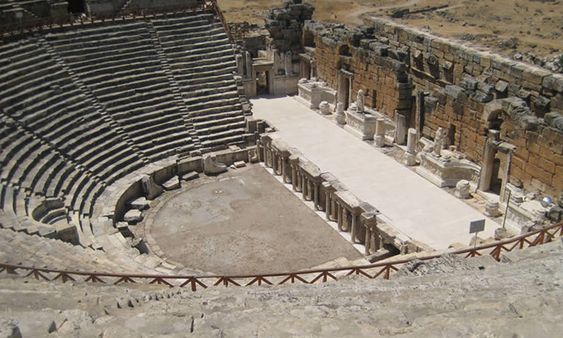
Hierapolis was an ancient Greek city built on natural hot springs.
It’s located near modern Pamukkale and is a UNESCO World Heritage Site.
The city was a popular spa destination in Roman times.
One of its famous landmarks is the large theater built into a hillside.
Hierapolis is also where you can find the Tomb of Saint Philip.
Many ancient tombs are found in the necropolis area.
Visitors come to explore the ruins and soak in the hot waters.
Antique Pool
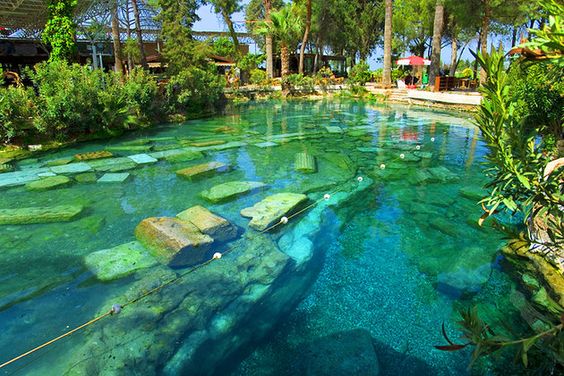
The Antique Pool is a historic thermal pool in the ruins of Hierapolis.
It dates back to Roman times and was once used for spiritual healing.
The pool has warm mineral water, perfect for a relaxing swim.
You can see broken marble columns under the water from ancient temples.
It’s a popular spot for both history lovers and tourists.
The water is full of minerals and believed to have healing benefits.
People enjoy swimming among ancient ruins in this unique setting.
Natural Park
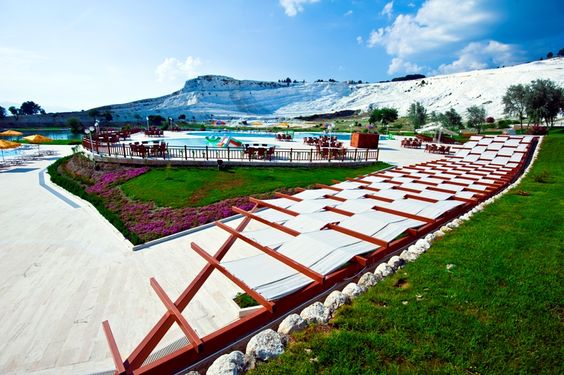
The Natural Park in Pamukkale is known for its white mineral terraces.
The water flows down the hillside, creating pools on the travertine.
It is part of a UNESCO World Heritage Site.
The water is warm and filled with calcium and other minerals.
People visit to soak in the pools and enjoy the natural beauty.
It’s also a great place for photos and relaxing with views of the mountains.
The landscape looks like it’s covered in snow, but it’s all natural rock.
Red Water (Karahayıt Thermal Spa)

Red Water, or Karahayıt Spa, is near Pamukkale and famous for its red springs.
The water here is rich in minerals, especially iron, which gives it a red color.
It has been used for healing purposes for thousands of years.
The red travertines are a unique sight and different from Pamukkale’s white ones.
Visitors come to relax in the warm, natural water.
Locals believe the water can help with health problems.
The area is peaceful and perfect for a spa day in nature.
Best time to visit Pamukkale
The best time to visit Pamukkale is between March and May.
During these months, the weather is not too hot or too cold.
It’s perfect for walking around the terraces and ancient ruins.
You can also enjoy the thermal pools in a pleasant climate.

